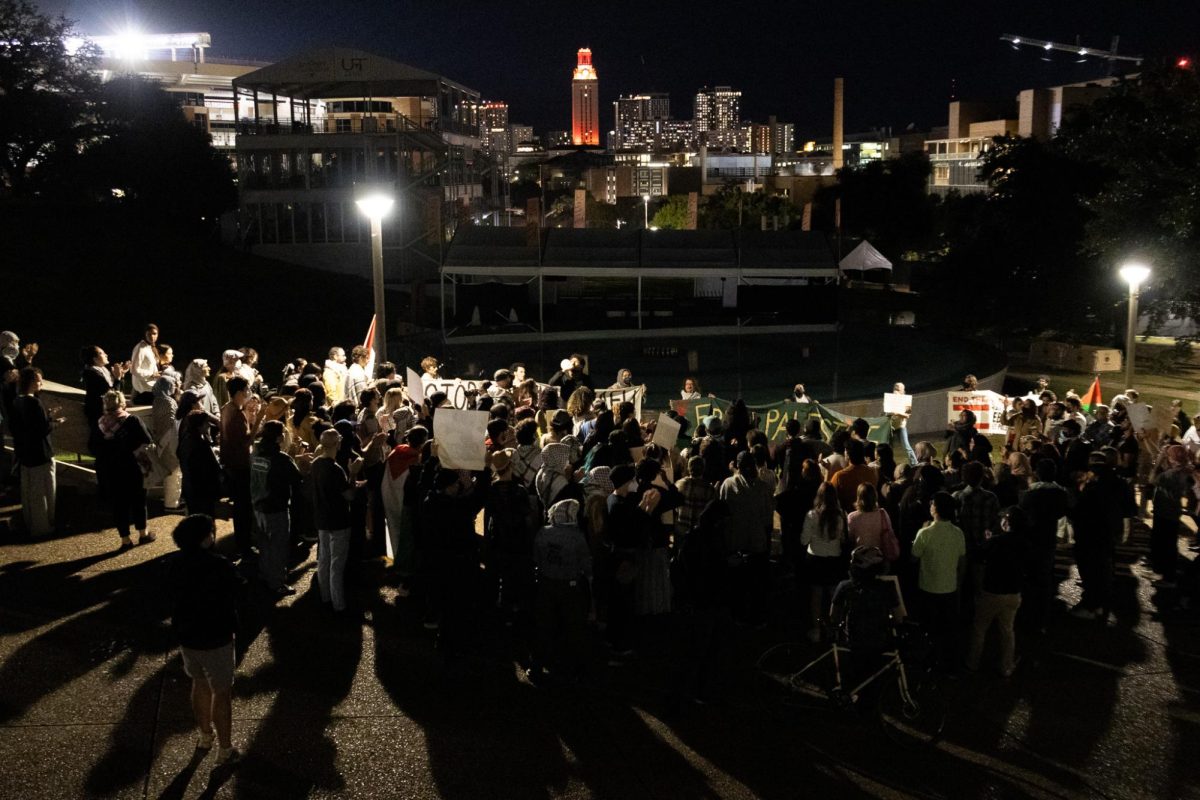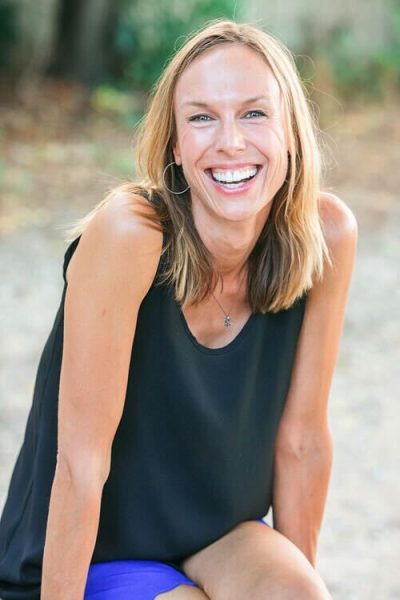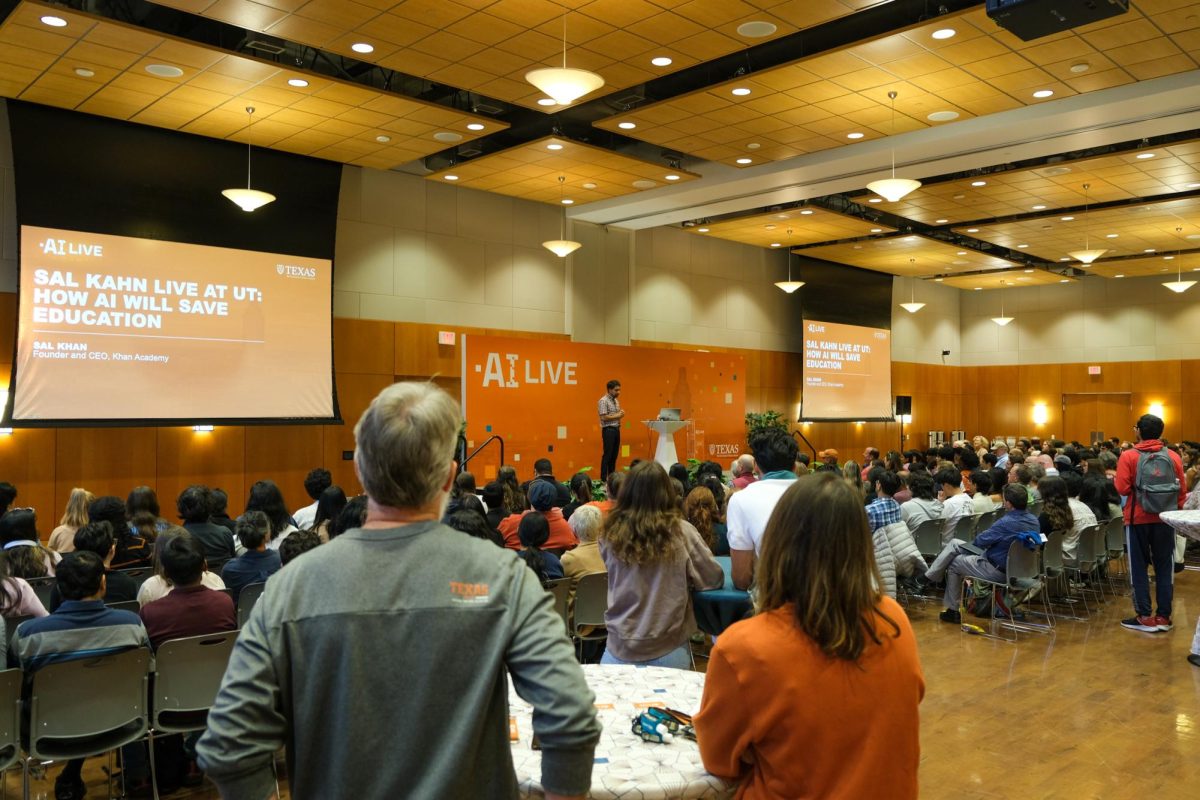UT researchers have developed a new technique for measuring semiconductors that is 100,000 times more sensitive than before.
The technique provides an improved understanding of infrared sensor technologies and could pave new, promising directions in night vision or free space communication, said Sukrith Dev, an electrical and computer engineering graduate student who helped with the recent discovery.
Dev works with Daniel Wasserman, an electrical and computer engineering associate professor, in the UT Mid-Infrared Photonics group that conducted the research.
“Essentially, our new technique allows you to more sensitively obtain a material property called the carrier lifetime … which may help determine material quality and define its potential applications,” Dev said.
When certain semiconductive materials are hit with light, electrons get excited and temporarily become free, Dev said. The carrier lifetime is the time it takes for these free electrons to stay excited before they recombine back to their respective place.
“For example, if you wanted to make something for communication, you want a fairly quick carrier lifetime,” Dev said. “If you want something very sensitive, like thermal imaging, then you want something longer.”
Dev and Wasserman’s strategy was unique because it used light signals to modulate microwave signals, which is the reverse of the traditional testing method.
“The problem with the traditional method is that you have to collect light and your emission is really poor,” Dev said. “But since we’re confining the microwaves to very small, pulsating volumes, our technique allows it to be more sensitive.”
With this technique, more sensitive infrared sensors could be developed in the future, Dev said.
“(The technique) may help with communicating in free space or improving bandwidth, and opens up a new region for studying electromagnetics and solid states physics,” Dev said.
Electrical engineering sophomore Mihir Shah said he is passionate about the field of semiconductors and solid-state physics.
“I feel like exploring new domains for computing purposes is now more crucial than ever,” Shah said. “I would love to do some research to the field of photonic integrated circuits to see more photonic systems implemented in our electronic ecosystem today.”
Research in these fields of electronics is increasingly important, electrical engineering sophomore Jaime Tan Leon said.
“Electrical engineers play a pivotal role in solving problems,” Tan Leon said. “Researching new ideas to improve sensitivity and quality today is important for engineers tomorrow.”

















